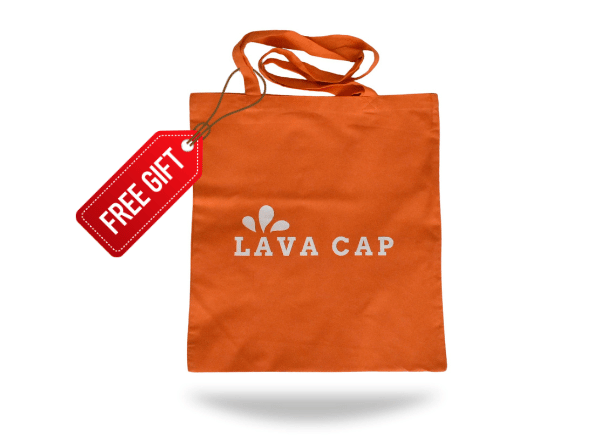
Penny Problems & Hair Distress: Spiralling Cost of Living Effects on Hair & Diet!
In recent years, people are eating less healthily and turning to ready meals and processed foods due to the cost-of-living crisis amidst ever busy lives, a study has found. More than two-thirds of people (69%) said they considered themselves to be healthy eaters but 28% said they were eating less nutritious food due to expense, according to the 2023 BBC Good Food Nation survey.
The cost of living doesn’t just stem from bills and maintenance expenses; it extends to our diets and hair care too! When finances are tight we might opt for budget-friendly meals, which can sometimes mean sacrificing a lot of nutrition along the way. Not to forget those DIY hair treatments or the occasional trim at home when the salon seems like a luxury! But while the increasing cost of living might strain our bank accounts, do not fear!
In this post we offer insights and suggestions on navigating the impact of the rising cost of living on both your diet and hair care routine. Whether you're looking for budget-friendly ingredients that help to maintain healthy hair without breaking the bank, or just looking to give your hair some hope! We’re here to assist. Together, we can explore creative solutions and smart strategies to ensure that your diet, well-being and hair remain priorities, even in the face of financial constraints.
Unfortunately, budget-friendly meals often rely on inexpensive, processed foods that may lack essential nutrients crucial for maintaining healthy hair. These meals might be high in unhealthy fats, sugars, and low-quality proteins, which can contribute to hair issues like dullness, breakage, and slow growth. Additionally, cheaper ingredients often mean lower-quality produce and proteins, which can further negatively impact hair health. Don’t get me wrong we love a Tesco meal deal, but it’s the truth!
Maintaining a healthy and balanced diet is essential to promote successful hair growth. Essential nutrients that significantly contribute to the maintenance of strong and lustrous hair include:
- Biotin, a B vitamin which preserves hair strength, texture, and function.
- Vitamins A, B, C, and E maintain the integrity of hair follicle cell membranes, they provide hair elasticity, and flexibility, as well as prevent hair loss.
- Amino acids, such as L-cysteine, help support hair strength.
- Omega-3 fatty acids support follicle health, hair structure, and barrier function while helping to reduce a dry and flaky scalp.
- Protein gives your curls strength, shape, and structure.
- Minerals like iron, magnesium and zinc have been proven to support hair loss in recent studies such as in a 2020 'World Journal of Men’s Health' study. And any woman who’s experienced periods of low iron may have noticed the link between this mineral and hair health!
- Folic acid is an important vitamin for hair health as it helps in the production of keratin, a protein that makes up the structure of hair.
So, where do we find these nutrients?
- Omega-3 fatty acids can be found in foods such as tuna, mackerel, salmon, flaxseed, chia seeds, tofu and vegetables.
- Foods with B6 include bananas, potatoes (both white and sweet), and spinach. Major sources of B12 include meat, poultry, fish, and dairy products.
- You can get folic acid with plenty of fresh fruits and vegetables, especially citrus fruits and tomatoes. Whole-grain and fortified-grain products, beans, and lentils also include it.
- Protein is also critical for keeping your hair healthy, but many people don't get enough. Lean meats like fish or chicken, and soy products are great sources of protein.
- Also, eggs are an eggcellent and more cost-effective source of protein, containing all the essential amino acids too!
- Avocados are a good source of magnesium, as well as being loaded with vitamins, from an average avocado alone you’ll get 19.7mg of magnesium.
- Aside from those who are allergic, who doesn't love to snack on crunchy, salty peanuts, cashews, almonds and walnuts? These are all great sources of protein, healthy fats, biotin and zinc.
However, finding the right foods to eat to benefit your hair isn’t the issue, as for ingredient prices, well they are! Government policies for farmers, issues in Ukraine, COVID-19, Brexit, and other supply chain pressures have contributed to spiralling costs in recent years. Inflation and economic factors can drive up the overall cost of food, making it more challenging to access higher-quality ingredients without exceeding budget constraints.
Sky News released a grocery spending calculator, this tool compares prices of groceries from February 2023 to now. Let’s take a look at the results we got!
|
Groceries |
Price in February 2023 |
Price Now in April 2024 |
% Increase/Decrease |
|
Carrots |
£0.64 |
£0.78 |
21.9% increase |
|
Fresh salmon fillets |
£18.65 |
£18.79 |
0.8% increase |
|
Eggs (per dozen) |
£3.20 |
£3.30 |
3.1% increase |
|
Broccoli |
£2.27 |
£2.52 |
11% increase |
|
Bananas |
£0.96 |
£1.09 |
13.5% increase |
|
Tomatoes |
£3.14 |
£3.24 |
3.2% increase |
Although these figures are concerning, don’t be disheartened. Here at Lava Cap we're happy to share our top tips to help you combat the cost-of-living crisis and rising food prices!
- Cooking food in batches and eating or freezing leftovers is a great idea to help keep food costs down without having an impact on your health. Batch cooking saves you lots of money because you're buying ingredients in bulk rather than buying smaller amounts more often.
- The benefit of prepping and freezing is extremely evident with fresh cut herbs that otherwise have a short shelf life.
- Downshift to supermarket-own brands – nutritionally, they’re likely to be very close to the more expensive versions.
- There is no harm in asking a member of staff at the supermarket for food reduction times and shopping then for reduced-priced food items. We love a bargain!
- Frozen and tinned fruit and vegetables are often cheaper than fresh, they are usually just as nutritious and count towards your five a day. Fruit tinned in juice rather than syrup will have less sugar and look for vegetables that are tinned in water with no added salt.
- Finally, planning meals and shopping can help us avoid any extra spending, falling victim to unnecessary deals and food waste that can result from ‘top-up’ shopping.
- Most importantly, don’t take shopping stress out on your hair!
In a world of "Penny Problems and Hair Distress," it's clear that the ever increasing cost of living affects not just our bank accounts, but our hair and eating habits too. Finding fun, budget-friendly solutions for both our manes and our meals can keep us feeling fabulous without breaking the bank. So let's get creative, stay positive, and embrace the adventure of living well on a budget!
Written by Alessia Brady, Lava Intern 2024






